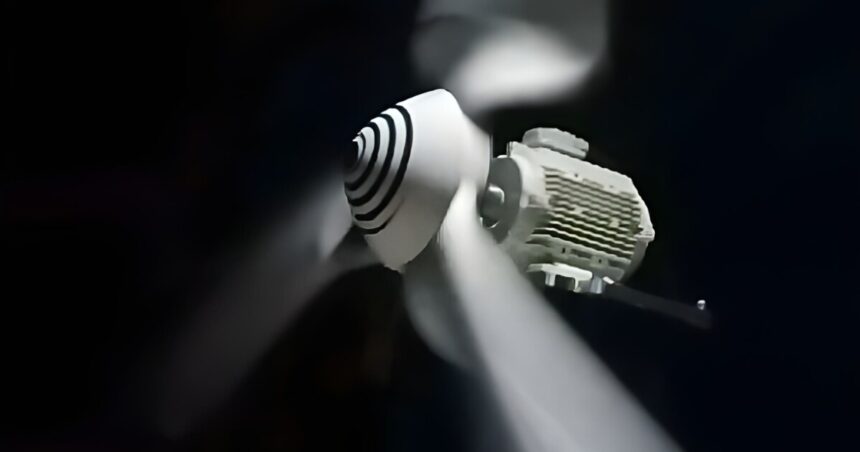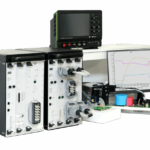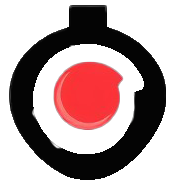Thanks to the development of new, lightweight rotors, engineers in Germany have created a small wind turbine that excels at efficiency, even when breezes aren’t blowing strongly. The development is a big step toward efficient green home power generation.
The turbines were developed by researchers at the Fraunhofer Institute for Applied Polymer Research along with the BBF Group, a construction and engineering firm in the Berlin and Brandenburg region. The efficiency boost came from designing the rotors to be hollow instead of filled with foam, as is the case with most wind turbine blades.
To create them, the researchers first used 3D printing to create molds for each half of a rotor. Then, using an automated-fiber-placement system, composite fiber strips are laid down in the molds with millimeter precision, creating a laminate structure. Once the two sides are fused together, their structure allows them to withstand strong winds.
“We designed the individual layers of the composite material so that the rotor blades can flex elastically in a storm and turn out of the wind,” says Fraunhofer’s Marcello Ambrosio. This automatically reduces their speed and prevents an overload situation.
That said, the rotors really show off their capability in light winds. Their reduced weight and an enhanced aerodynamic design allow them to begin turning in winds as low as 2.7 meters per second (8.9 ft per second). That’s quite a bit less than the four meters per second (about 13 ft per second) typically required by similar turbines, making them ideal for use in areas that don’t typically experience strong winds.
In testing, the turbines achieved 450 revolutions per minute and could output 2,500 watts at wind speeds of 10 meters per second (32.8 ft per second). That makes them 83% more powerful than similar turbines currently on the market, say the inventors. In fact, the turbines were able to reach an efficiency of 53%, which is just shy of Betz’s Law, a theorem that says no wind turbine would be able to convert more than about 59.3% of wind energy into power with the turning of rotor blades.
The BBF group is now testing five prototypes of the turbines. The turbines are small enough to be installed in home settings, and can reach a maximum height of 10 m (32.8 ft) to grab wind currents. The team also says the turbines could find use by disaster relief organizations looking to deliver power in emergency situations.
After testing is complete, the teams will further optimize the rotors and work on creating them with a monomaterial instead of a composite, which will make them easier to recycle at the end of their lifespan.
“Efficient small wind turbines make an important contribution to an independent energy supply,” concludes Raúl Comesaña Macias, Managing Director of the BBF Group. “As a project developer and construction company in the Berlin-Brandenburg region, we demonstrate with this project how end consumers and businesses can design decentralized energy generation individually and sustainably.”
Sources: Fraunhofer IAP, BBF Gruppe








